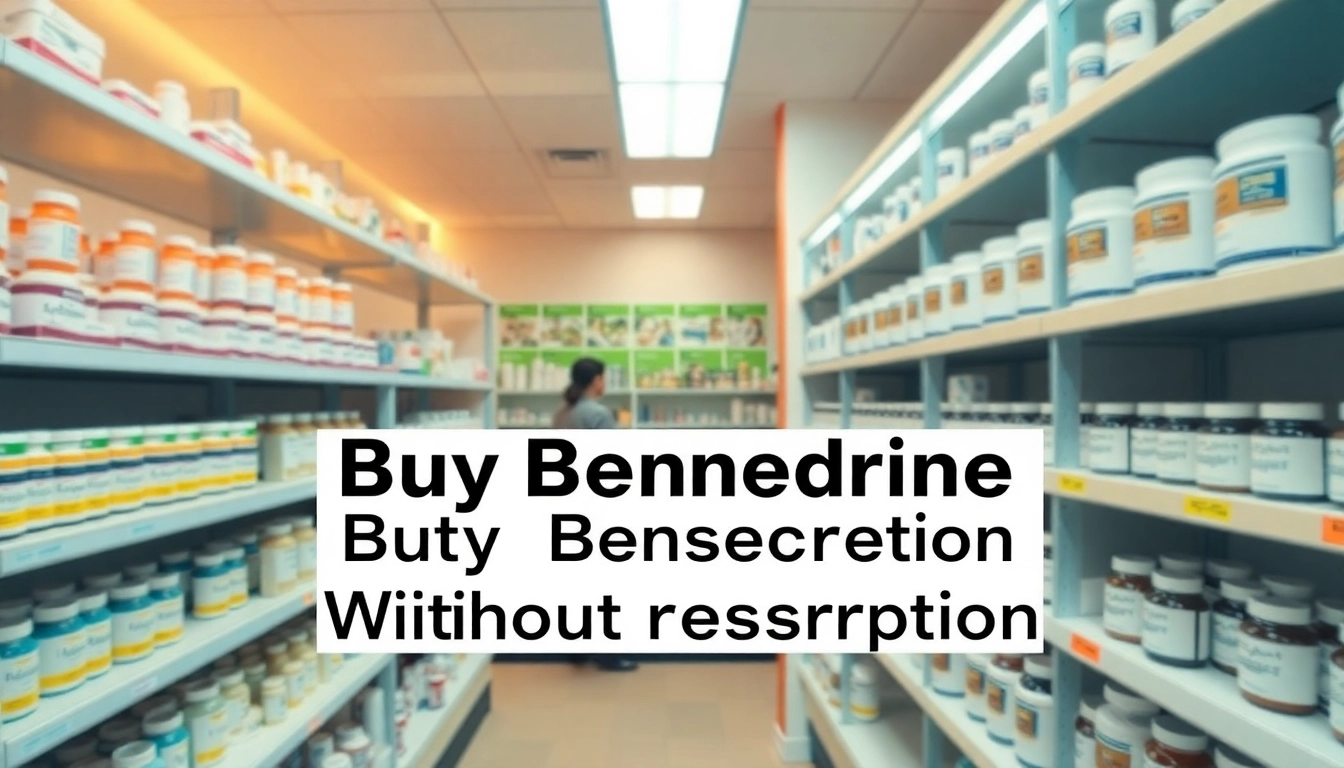Introduction to VDAP and Its Purpose
The Voluntary Disciplinary Alternative Program, commonly referred to as VDAP, is a significant initiative specifically designed for nursing professionals in Alabama facing disciplinary actions. It serves as an alternative pathway for those who have encountered personal or professional issues that could jeopardize their nursing licenses. The primary goal of VDAP is to facilitate early intervention and rehabilitation, enabling nurses to regain their competency and confidence, while also ensuring public safety.
What is VDAP?
VDAP is a program authorized by the Alabama Legislature, emphasizing voluntary participation for licensed nurses who may need help due to substance abuse, mental health issues, or other challenges affecting their ability to practice safely. The program aims to promote recovery, provide support, and reintegrate nurses back into the healthcare workforce, ultimately fostering a culture of accountability and rehabilitation rather than punitive measures.
The Need for VDAP in Nursing
The healthcare profession, particularly nursing, is inherently stressful, which can lead to various challenges among practitioners, including burnout and substance abuse. This demand for emotional and physical resilience is compounded by the high-stakes nature of patient care. VDAP addresses these issues head-on by providing a structured framework for nurses to seek help. Understanding the significance of violence, despair, or addiction-related behaviors in relation to their practice is essential in promoting both personal recovery and client safety.
Overview of Program Goals
At its core, the VDAP aims to:
- Facilitate early identification and intervention for problematic behaviors.
- Reduce the incidence of professional discipline by offering a supportive rehabilitation process.
- Protect the public by ensuring nurses regain and maintain competency in their practice.
- Enhance the overall quality of care delivered to patients through trained and rehabilitated nursing professionals.
Eligibility Criteria for VDAP Participation
Who Can Apply for VDAP?
Eligibility for the VDAP program is primarily targeted at licensed nurses in Alabama who demonstrate a willingness to address their issues proactively. Generally, candidates may include:
- Nurses with a recent history of substance abuse or mental health disorders.
- Those facing disciplinary actions that put their nursing license at risk.
- Individuals who can demonstrate a genuine desire for rehabilitation and improvement.
Ultimately, the key requirement is that the nurse must show a commitment to recovery and a desire to adhere to the standards of practice for the nursing profession.
Assessing Individual Circumstances
Each applicant’s situation is unique. The assessment process for VDAP participation considers various factors, including:
- The severity and nature of the issues faced (e.g., substance abuse, mental health).
- Previous disciplinary actions or complaints against the nurse.
- The nurse’s support system and availability of external resources.
- Willingness to comply with program requirements, including participation in treatment and ongoing evaluations.
A thorough evaluation ensures that the program is not just a second chance but a meaningful opportunity for rehabilitation.
Application Process Explained
The application process for VDAP comprises several steps:
- Contact the Alabama Board of Nursing to express interest in the program.
- Submit an application along with relevant personal and professional documentation.
- Undergo an assessment to determine eligibility and specific needs.
- Once accepted, engage in a tailored rehabilitation plan designed to address the individual’s circumstances.
Staying informed and compliant throughout the application process is crucial for successful participation in VDAP.
Benefits of Engaging with VDAP
Risks vs. Rewards: Is VDAP Worth It?
Considering participation in VDAP introduces a complex dichotomy between perceived risks and tangible rewards. While there may be fears surrounding privacy and stigma, the potential benefits far outweigh these concerns:
- Opportunity to retain nursing license while undergoing rehabilitation.
- Access to a network of support that includes counseling and peer support groups.
- Improvement in mental health and overall quality of life, enhancing one’s ability to provide care.
- Reduction in the risk of further disciplinary actions once rehabilitated.
Engaging with VDAP can thus be seen as a proactive step towards recovery and a safer practice environment for patients.
Long-term Support and Resources Available
Beyond initial rehabilitation, VDAP offers ongoing resources and support designed to ensure long-term success for participants. Examples of these resources include:
- Access to recovery coaching and counseling sessions.
- Continuous monitoring and reporting requirements to ensure accountability.
- Return-to-work resources to facilitate a smooth reintegration into the nursing workforce.
- Networking with other nurses in recovery for mentorship and shared experiences.
Success Stories from VDAP Participants
The true measure of a program’s effectiveness can often be found in its success stories. Many nurses have successfully utilized VDAP to turn their lives around. For instance, some participants have reported:
- Achieving sobriety and maintaining it for years.
- Rebuilding their careers and demonstrating new levels of competence and empathy.
- Becoming advocates for mental health awareness and substance abuse prevention within the nursing community.
These narratives illustrate the incredible potential for personal transformation through the support of VDAP.
Common Challenges and Misconceptions about VDAP
Addressing Concerns about Privacy
A prevailing concern among nurses considering VDAP is the issue of privacy. Many fear that participation could lead to unwanted disclosure of sensitive information. However, VDAP has strict confidentiality policies in place to protect participants. All records and communications related to the program are kept confidential, and disclosures are only made under specific circumstances, such as when there’s a risk to public safety.
Busting Myths Surrounding VDAP
Several myths surrounding VDAP can deter individuals from seeking help:
- Misperceptions that participation equals immediate job loss.
- The belief that only those with severe issues can benefit from the program.
- Assumptions that entering VDAP marks the end of a nursing career.
Dispelling these myths is crucial in promoting an environment where nurses feel safe to seek the help they need.
How to Navigate Challenges during Participation
Challenges may arise during VDAP participation, such as emotional struggles or reluctance to engage fully. Overcoming these challenges can involve:
- Active participation in support groups and therapy sessions.
- Setting personal recovery goals to maintain motivation.
- Building a network of supportive colleagues who understand the process.
Staying focused on recovery rather than dwelling on setbacks is essential for long-term success.
Future of VDAP and Its Impact on the Nursing Profession
Trends Influencing the Evolution of VDAP
The landscape of healthcare and nursing continues to evolve, and so too must programs like VDAP. Emerging trends include:
- Increased awareness of mental health issues and changing attitudes towards rehabilitation.
- Integration of technology in providing support resources, such as teletherapy.
- Emphasis on holistic approaches that incorporate physical, emotional, and spiritual wellness.
These trends indicate a bright future for VDAP as it adapts to better support nursing professionals.
Connecting VDAP with Broader Nursing Standards
VDAP is essential in aligning with national standards for nursing practice, particularly in fostering a culture that emphasizes health and safety. By prioritizing rehabilitation over punishment, VDAP contributes to the overarching goal of protecting patients and ensuring high standards of care are met.
Looking Ahead: Anticipating Program Developments
As the needs of healthcare professionals evolve, VDAP will likely undergo further developments to enhance its effectiveness. Possible advancements may include improved resources for participants, more engaging treatment modalities, and increased collaboration with healthcare institutions to promote awareness and participation.
The journey of nursing professionals through programs like VDAP is not just about recovery; it’s about redefining what it means to be a competent and compassionate caregiver. By focusing on rehabilitation and support, VDAP not only restores individual nurses but also strengthens the overall healthcare system.



